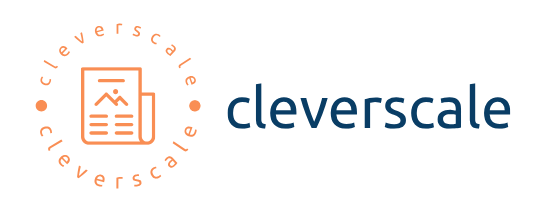Inventory valuation is the cost estimation method that companies use to calculate the total value of both sold and unsold goods. In simpler words, it helps calculate the cost of the goods sold and the cost of the inventory in storage to analyse the profitability of the company as well as get a better idea of the company’s gross income.
Over the years, various methods have been introduced for absolute inventory valuation for MSMEs today. The top three methods are last in first out, first in last out and weighted average cost.
- FIFO (First in, First out) is a method for inventory valuation where the for sale as per the demand in the market for the product.
- LIFO (Last in, First out) is another method of inventory valuation where the . This method is not that commonly used as the older the product the lesser the sale value. It’s also tough to distinguish between the old and the new goods of the same sample and value them separately.
- Weighted average cost is a commonly used method for inventory valuation where the cost of the current inventory is divided by the number of units present in the inventory.
Tip 1: Choose the best inventory valuation method
It is very important to select the right inventory valuation method for the company. This decision depends on numerous factors like the industry, the size of the company, the variety of goods sold, etc. For instance, if the industry in question is the food and beverage category, the best inventory valuation method would be LIFO as the chances of the stalling inventory spoiling are very high.
Tip 2: Sale of Scrap/Low use goods first
The inventory valuation is done towards the end of every financial year that then is added to the balance sheet of the company. Thus, one way that can help optimise the inventory valuation is by liquidating the scrap inventory first. The sale of these dead/low usage inventory items can be done by seeking quotations from the market from the desired buyers and selling these items to the highest bidder.
Tip 3: Use an inventory valuation software/website
Today, it is difficult to maintain and validate the exact value of the inventory without any help, especially for bigger or diverse companies. Choosing an inventory valuation software/website can help as it’s convenient and easy to adopt as all work orders, purchase orders, vendor bills, etc. are all prepared and uploaded on a singular platform which helps both the company and the vendors with approvals, calculations and transparency.
Tip 4: Use inventory forecasting where possible
This is very useful for all companies, regardless of their industry or size. This has a direct relation to the demand for the goods sold by the company. For example, if a company sells both tea and coffee, but the future demand forecast hints at a rise in the demand for coffee, the focus then can be to sell out the remaining tea inventory first stocking up coffee for when the demand suddenly increases. It also helps with cycle counting without disrupting other operational processes.
Tip 5: Start categorizing your inventory and use labels
This is highly beneficial for diverse companies i.e. companies that sell goods of different nature. The basic idea behind this is to categorise your inventory on aspects like storage value and sale frequency. The categories can be as follows:
- Category A: Goods with high storage value, low sales frequency.
- Category B: Goods with moderate storage value, moderate sales frequency.
- Category C: Goods with low storage value, high sales frequency.
Inventory valuation has, over the last few years, become an important characteristic to identify a company’s health. Thus, it is your responsibility to ensure that your inventory is valued in the best way possible at the best price.
